-
This post is also available in: Italian, Spanish
Capua in Museums
- Museo Campano (Capua)
- Museo Campano (Capua)
- Mater Matuta
- Museo dell’Antica Capua (Santa Maria Capua Vetere)
- S. Erasmus Tower
- Capuan tomb (Museo dell’Antica Capua, S.M.C.V.)
There are two museums in the area of the Ancient Capua.
The first and more ancient one is the “Museo Archeologico Campano” (Capuan Museum), located in Capua (via Roma, 68). Here you can find, among the others, the famous “Matres Matutae“, which are capuan limestone statues depicting women with several children in their arms (symbol of fertility).
The second one is the “Museo archeologico dell’Antica Capua” (Ancient Capua Museum), located in Santa Maria Capua Vetere (via R. d’Angiò, 48). The museum is in what was the Tower of S. Erasmus, residence of the kings of Naples, where Robert of Anjou, known as the Wise, was born. Here there is the famous “Resting Satyr” and a lot of other findings.
- Capuan Apfrodite, Museo archeologico nazionale, Naples
- Resting Satyr, Museo dell’Antica Capua
- “Tabula Capuana”, Staatliche Museen, Berlin
- William Turner, Tate Museum, London
- Bell crater (360 BC), British Museum, London
- Panathenaic amphora (332 BC), British Museum, London
- Cinerary urn (510 BC), British Museum, London
- “Knucklebone” (astragalos) players (330 BC), British Museum, London
- Zeuxo Chrysippos (490 BC), Louvre Museum, Paris
- Euphronius’ crater (510 BC), Altes Museum, Berlin
- Rhyton crocodile (340 BC), British Museum, London
- Neck amphora (620 BC), Metropolitan Museum, New York
In almost every museum of the world it is possible to find something coming from the Ancient Capua. For example, only in the British Museum in London there are 245 archeological findings. The same is also true for other famous museums such as the Louvre in Paris or the Metropolitan in New York.
The Resting Satyr was found in 2002 near the Amphitheater. This marble statue was made in the II century AD and is about 2 metres high. It is a perfect copy of statue of Praxiteles, the most renowned of the Greek sculptors of the 4th century BC. (Museo dell’Antica Capua, Santa Maria Capua Vetere)
The Capuan Aphrodite is an earlier version of the type of the Venus of Milo, and close to the Venus of Arles. The statue probably represented the goddess admiring her reflection inside the reflective inner surface of Ares’ shield. It was made in the II century AD and was found in the XVIII century near the Amphitheater. (Museo archeologico nazionale, Naples)
The “Tabula Capuana” represents the second most extensive surviving Etruscan text. It is a terracotta slab, 60 by 50 centimeters, with a long inscribed text, apparently a ritual calendar. The writing is most similar to that used in the mid 5th century BC, though surely the text being transcribed is much older. The tablet was discovered in 1898 in a burial ground in Santa Maria Capua Vetere, the Ancient Capua. (Staatliche Museen, Berlin)
The J. M. W. Turner’s painting “Entrance to the Amphitheatre at Capua” was made by the artist in 1794-7 during his Grand Tour (which was the traditional trip of Europe’s most beautiful places undertaken by mainly upper-class European young men). (Tate Museum, London)

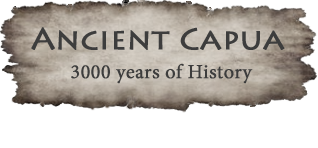




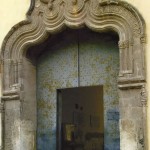
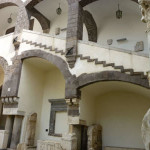
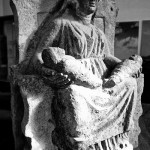
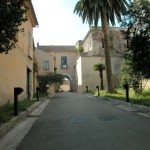
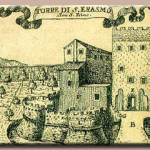
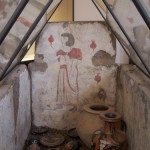
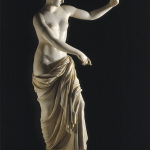

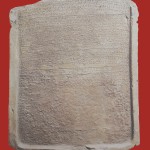
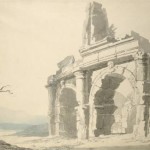
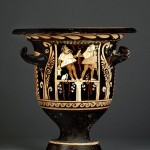
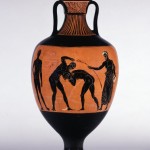
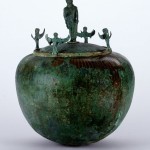
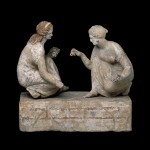
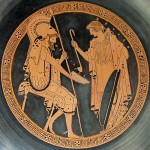
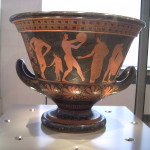
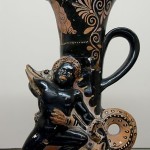
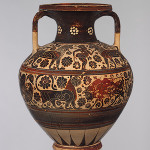
 English
English Español
Español Français
Français Italiano
Italiano